Related searches
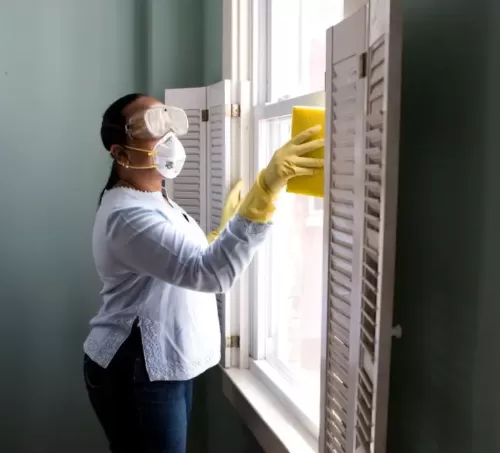
However, it's crucial to approach pest control with caution. Misusing chemicals or traps can lead to unintended consequences, including health hazards for humans and pets.
Identifying the Pest

Before starting any pest control measures, it's essential to correctly identify the pest you are dealing with. Different pests require different approaches, and using the wrong method can be ineffective or even counterproductive. For example, the strategy for dealing with ants will differ significantly from that for termites or rodents. Proper identification also helps you understand the life cycle and behavior of the pest, which can inform more targeted and effective control measures.
Choosing the Right Products
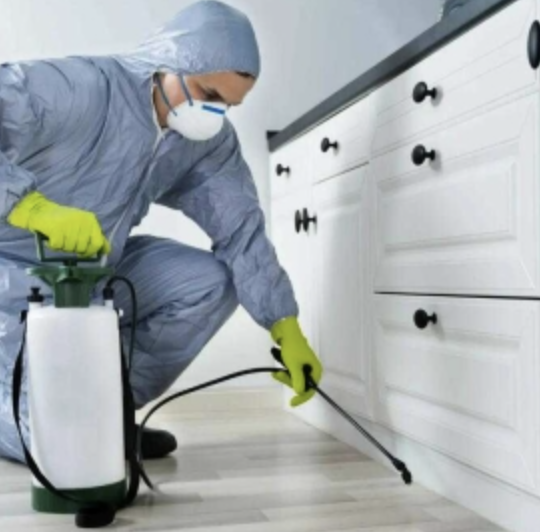
Read Labels Carefully
When selecting pest control products, whether they are sprays, baits, or traps, always read the labels carefully. Look for information about the active ingredients, proper usage, potential risks, and safety precautions. Products labeled as "eco-friendly" or "natural" might seem safer, but they can still pose risks if not used correctly.
Consider Non-Chemical Alternatives
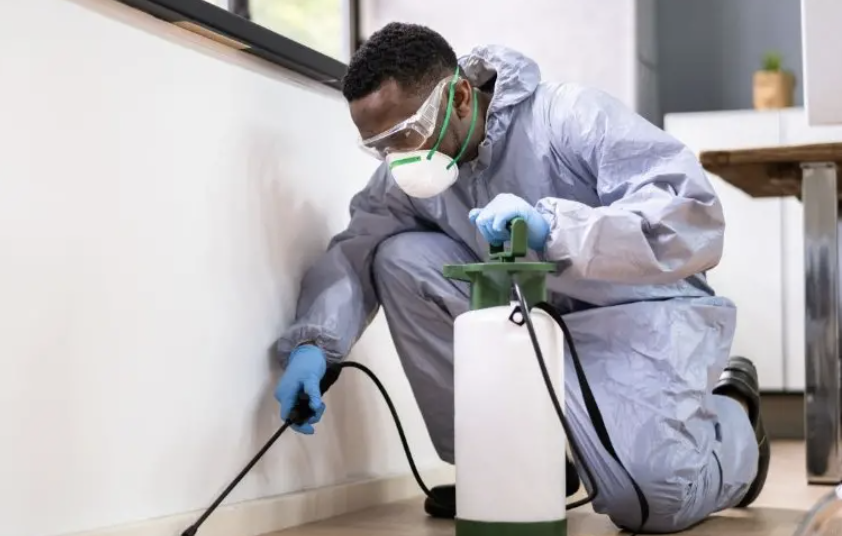
Where possible, opt for non-chemical pest control methods. Mechanical traps, barriers, and natural repellents can be effective without the risks associated with chemical pesticides. For example, using diatomaceous earth for insect control or setting up humane traps for rodents can reduce the need for harmful chemicals.
Safety Precautions During Application
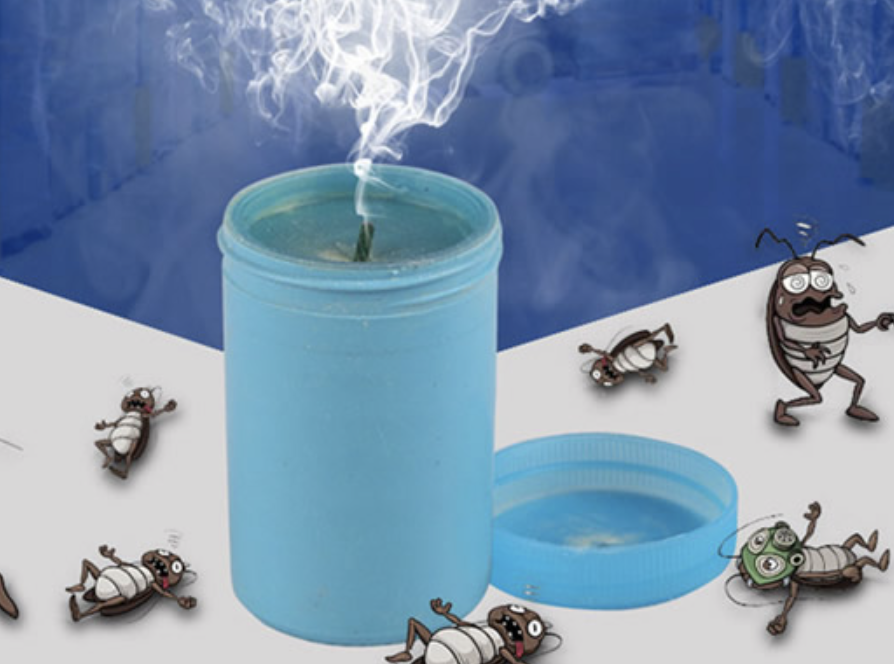
Protective Gear
When using chemical pesticides, always wear appropriate protective gear. This typically includes gloves, masks, long sleeves, and eye protection to prevent skin contact, inhalation, or ingestion of harmful substances. Even with less toxic products, it's better to err on the side of caution.
Ventilation
Ensure that the area where you are applying pesticides is well-ventilated. If you are using sprays or foggers indoors, open windows and doors to allow fresh air to circulate and disperse any fumes. Avoid applying pesticides in enclosed spaces where they can concentrate and pose a health risk.
Follow Instructions
Adhere strictly to the instructions provided on the product label. This includes the amount to use, the method of application, and any required waiting periods before re-entering treated areas. Overapplication can increase toxicity and waste, while underapplication may not effectively control the pest problem.
Pest control is a necessary aspect of maintaining a safe and comfortable living environment, but it requires careful attention to safety and effectiveness. By properly identifying pests, choosing the right products, and following safety precautions during application, you can manage pest problems while minimizing risks to your health, your family, and the environment. Taking these precautions not only ensures that the pest control measures are successful but also that they are safe for everyone involved.
 Your Step by Step Guide to Self Publishing on Amazon Kindle
Your Step by Step Guide to Self Publishing on Amazon Kindle Find the Best Pet Care for Your Furry Friend
Find the Best Pet Care for Your Furry Friend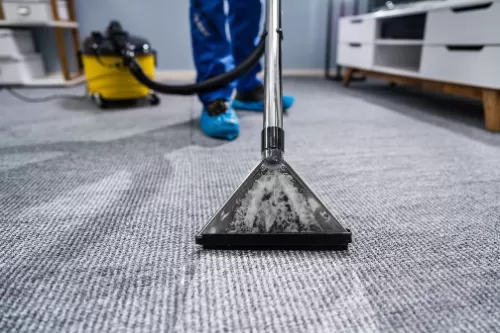 5 Steps for Effective Water Extraction: Protect Your Home from Water Damage
5 Steps for Effective Water Extraction: Protect Your Home from Water Damage Your Guide to Global Apartment Rentals: From Vacation Getaways to Senior Living
Your Guide to Global Apartment Rentals: From Vacation Getaways to Senior Living Stop Wasting Your Cash: The Shocking Truth Behind Your Outrageous Electricity Bills in the UK
Stop Wasting Your Cash: The Shocking Truth Behind Your Outrageous Electricity Bills in the UK



